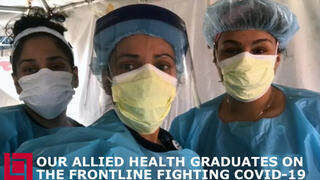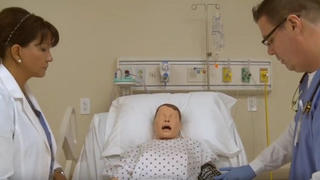Allentown Medical Assistant Students Learn Key Testing Procedures
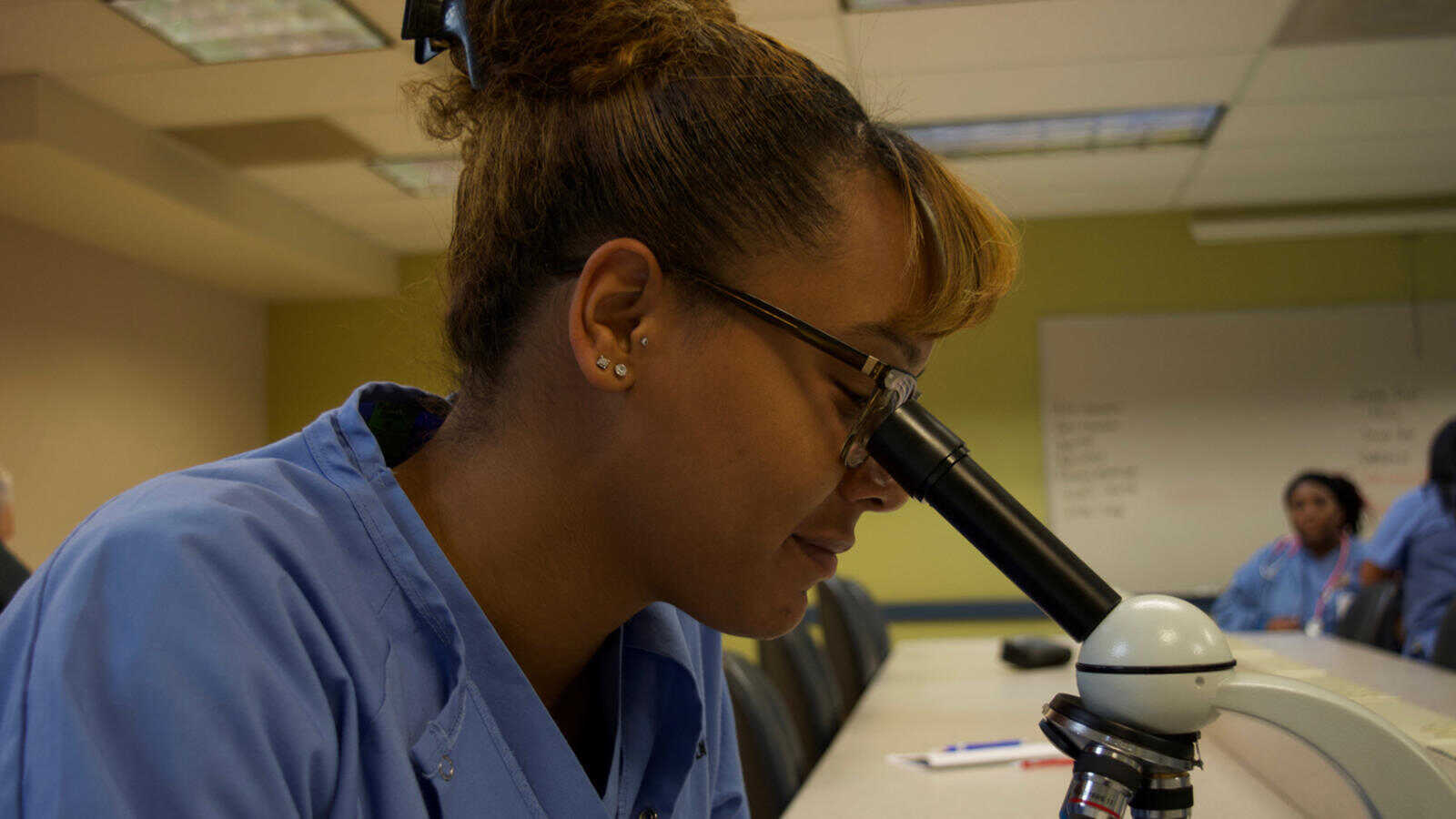
A Medical assistant trainee uses a microscope to view a specimen.
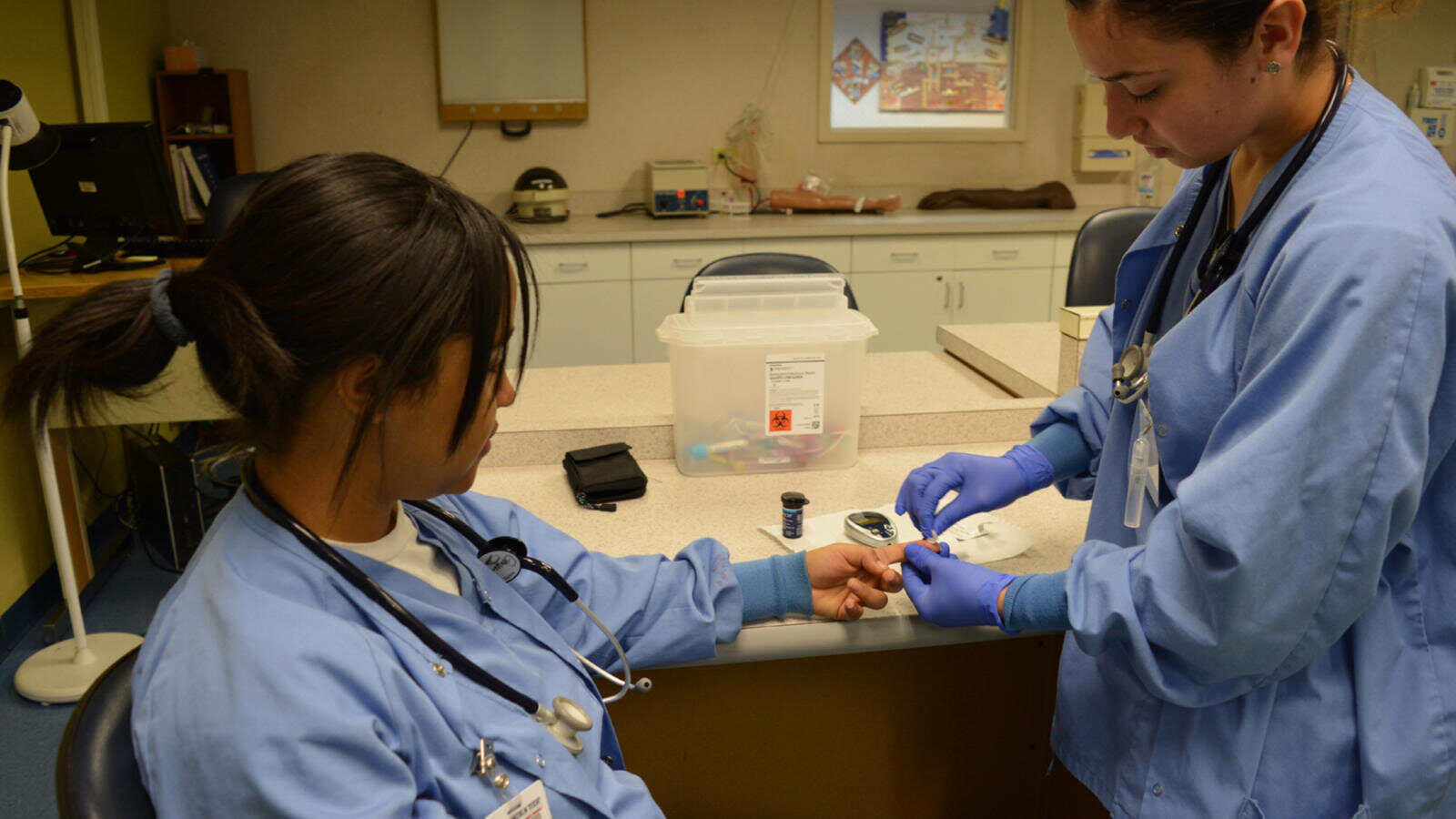
Two students from the Allentown medical assistant program practice how to properly use a blood glucose meter - a device that measures sugar levels in the blood.
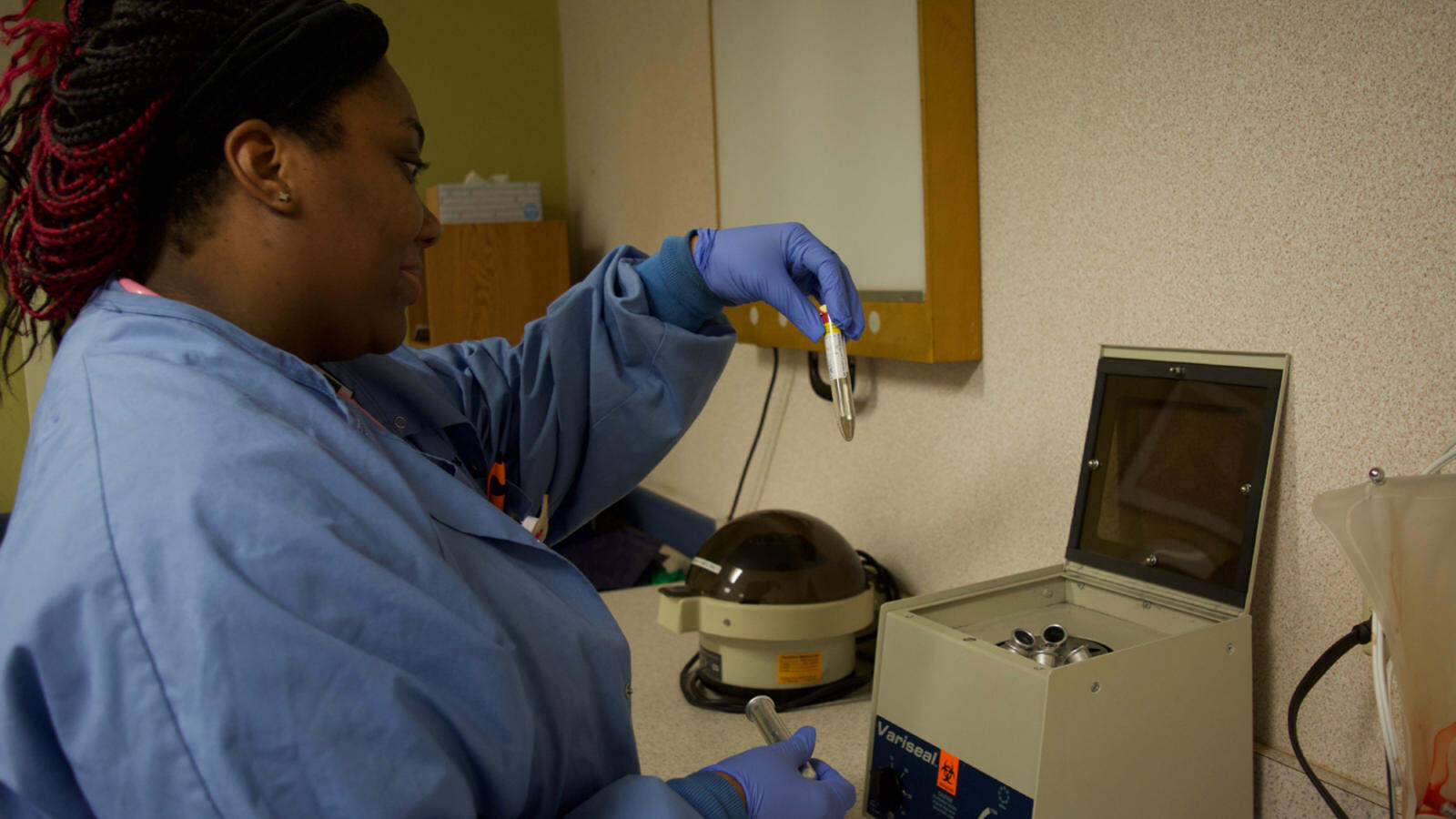
Well-equipped medical offices use a host of specialized devices, including this small centrifuge - a device used to separate out components of a specimen.
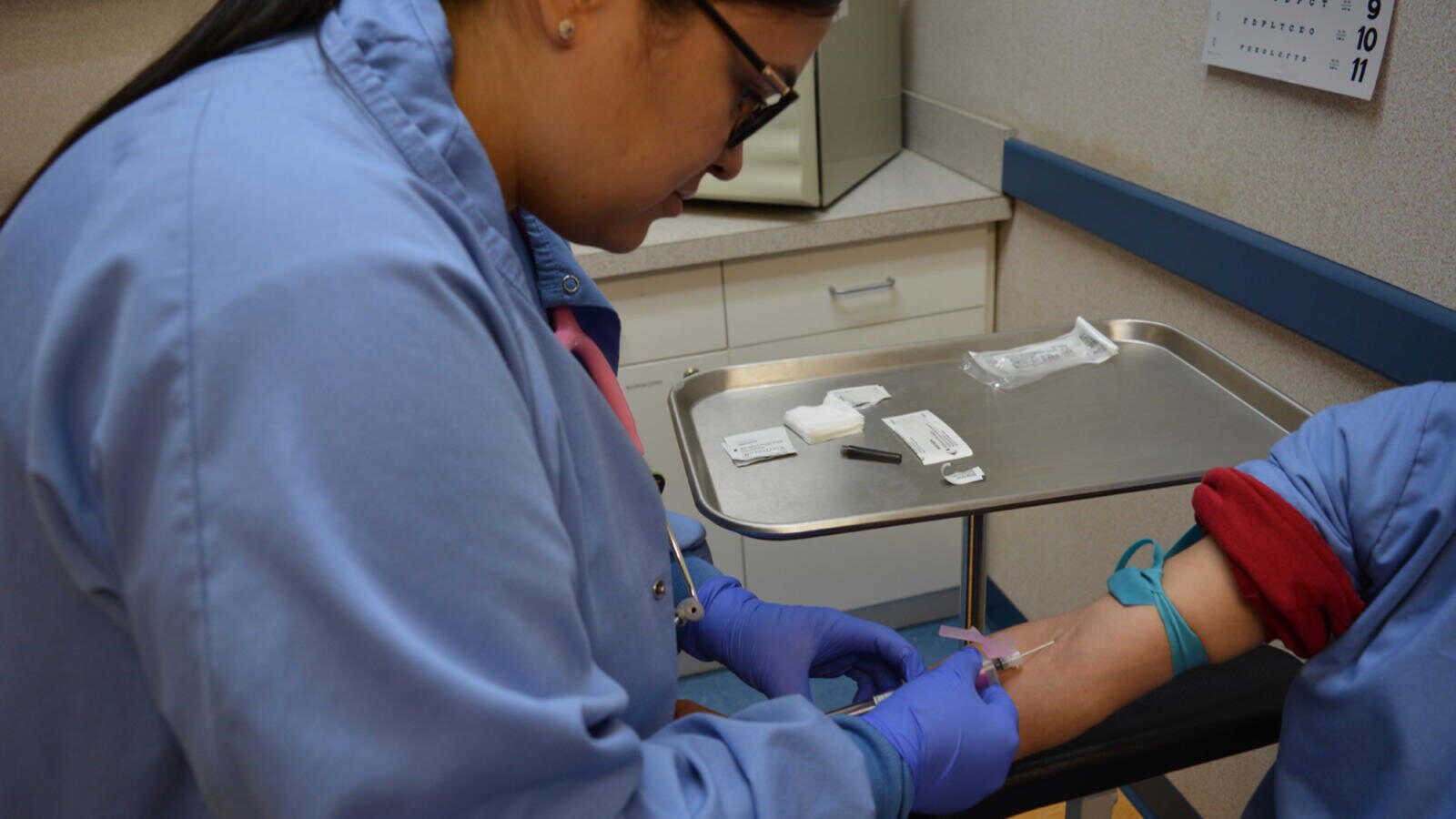
All medical assistants need to master venipuncture for gathering diagnostic specimens.
State-of-the-art medical offices are often the starting point for gathering health information as well as specimens for diagnostic testing. A medical assistant needs to be skilled in acquiring the various specimens requested by the diagnosing physician and prepare them for testing.
In many cases, blood samples are obtained either through venipuncture techniques, or in the case of blood sugar levels, taken via the fingertip using a blood glucose meter.
With samples taken by venipuncture, the vials are often spun in a centrifuge - this is a device the medical assistant trainee must become adept at using. A microscope is also often used to document and inspect blood and tissue samples.
- Tags
- Medical Assistant,
- Practical Nursing,
- Medical Diagnostics


